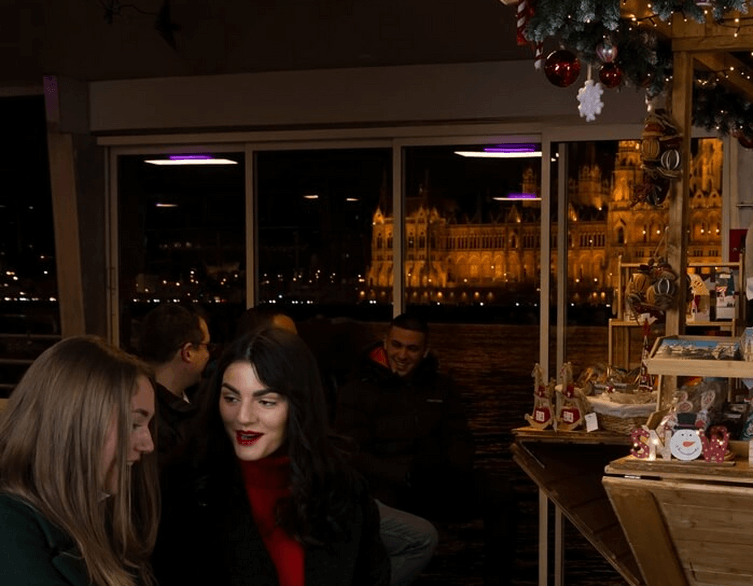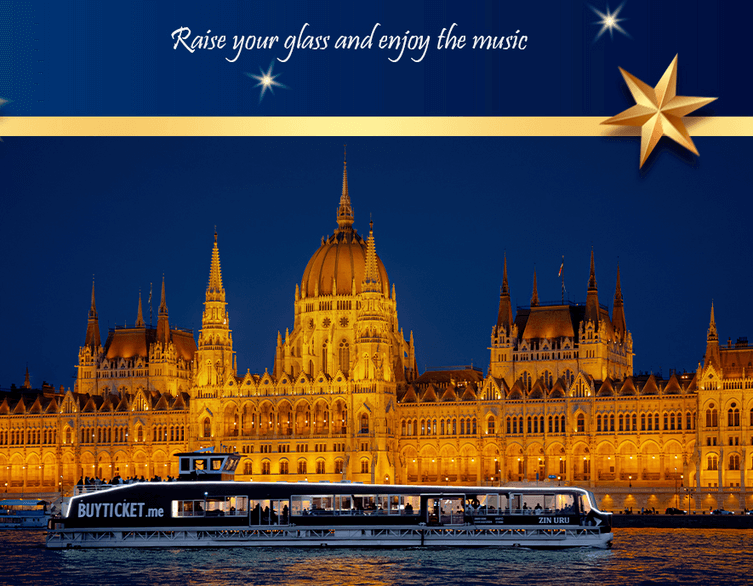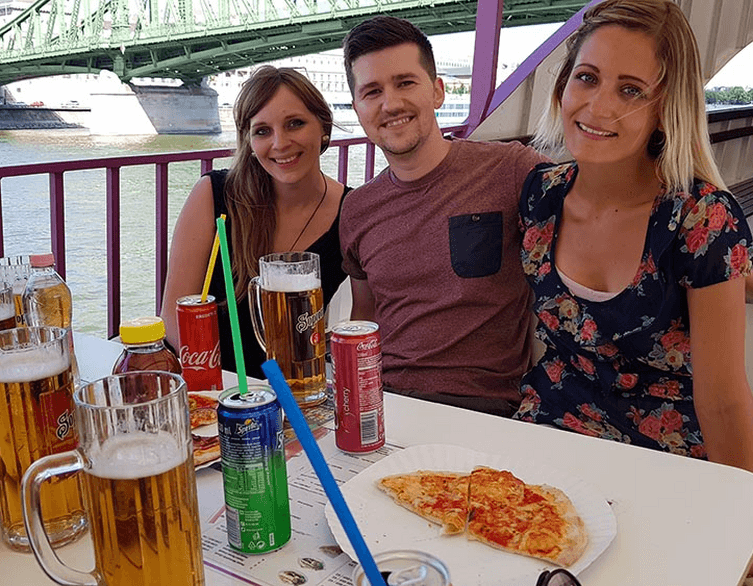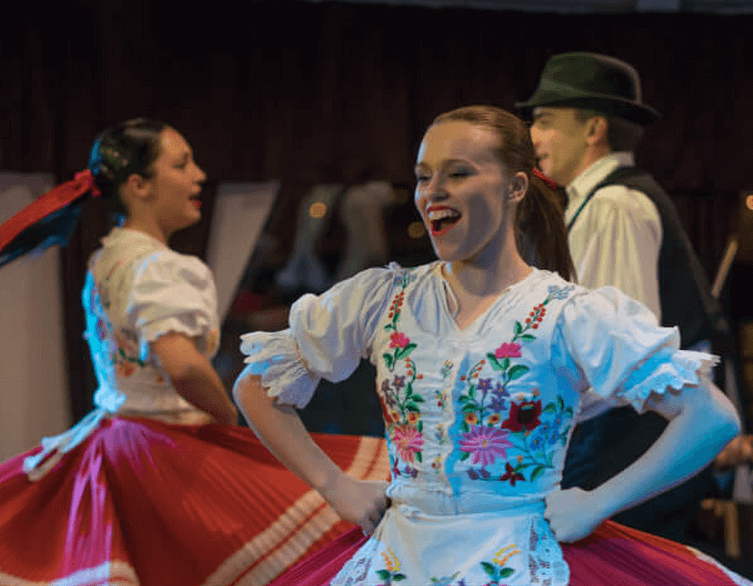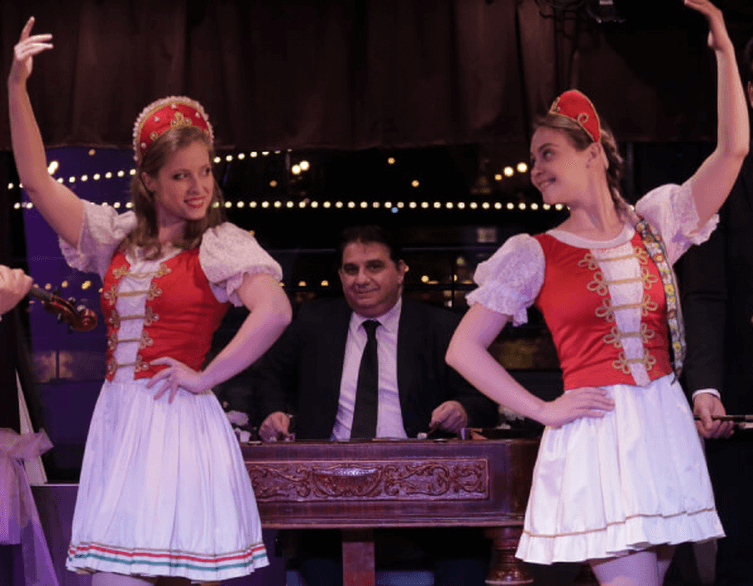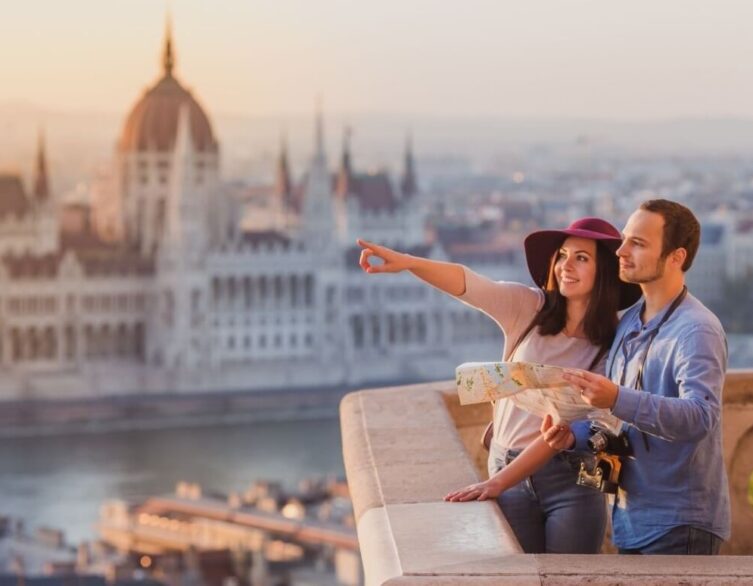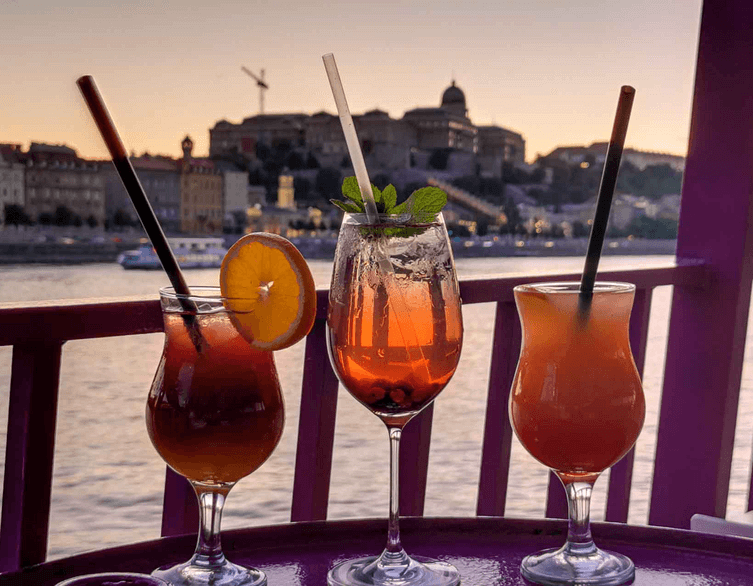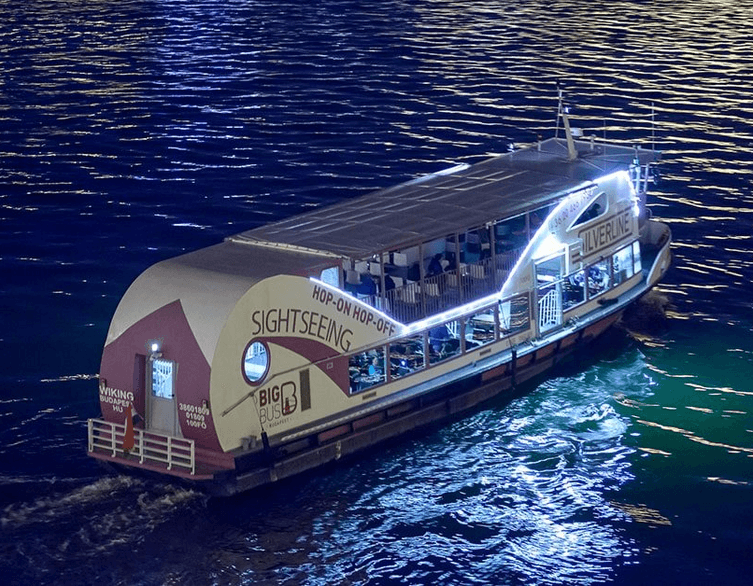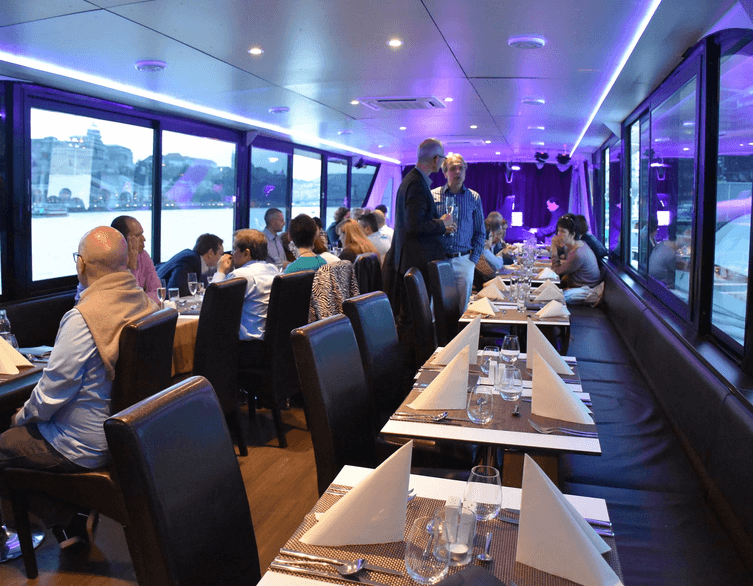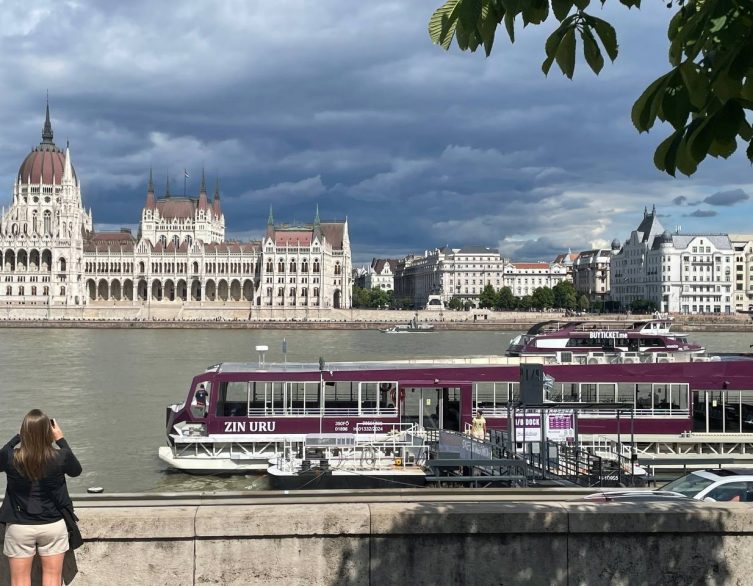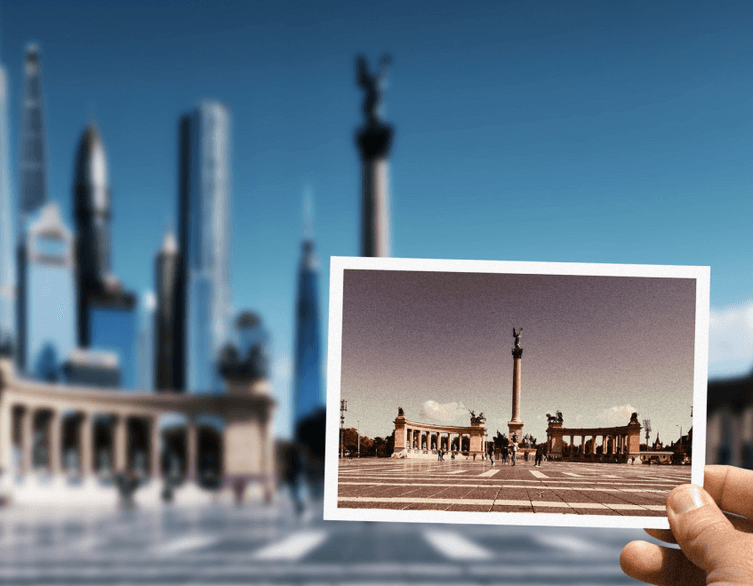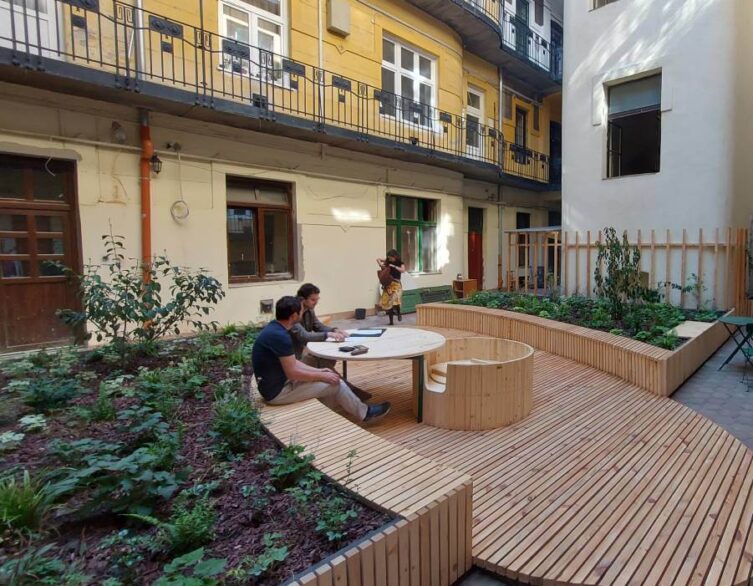Rákosrendező: A Turning Point in Budapest’s Urban Development
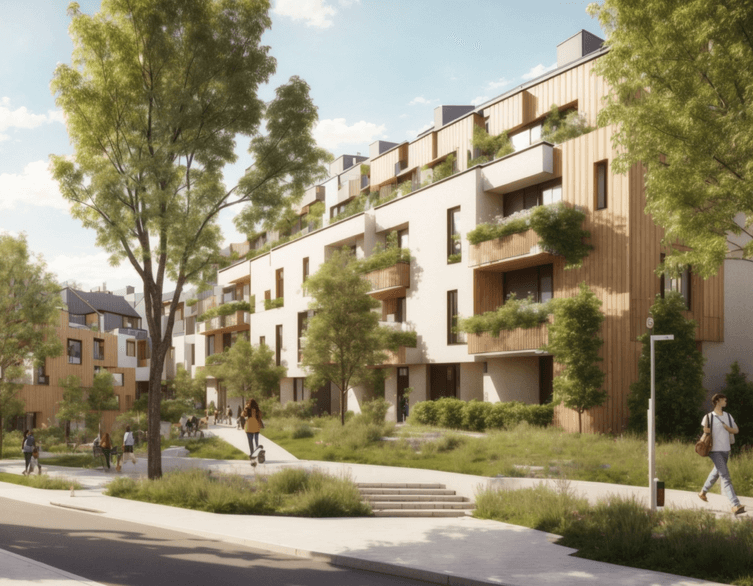
In a significant move that could reshape the future of Budapest, the city’s General Assembly has voted to exercise its pre-emption right to purchase the Rákosrendező area. This decision, made on January 29, 2025, marks a pivotal moment in the ongoing debate about the development of this vast brownfield site, which spans an area equivalent to 224 football fields or twice the size of City Park.
Background and Controversy
waterfrontThe saga of Rákosrendező’s development has been unfolding for several years. Originally state-owned railway land, news of its potential sale first broke on November 24, 2023, when VSquare, an international investigative portal, reported plans for a Dubai-style skyscraper project. The proposed development, backed by Mohamed Alabbar, the Emirati real estate developer behind the Burj Khalifa, envisioned a 220-240 meter tall skyscraper, surpassing even the height of the MOL Tower.
The actual sale contract was signed on January 16, 2025, between the Hungarian state and Alabbar’s Eagle Hills company. This move sparked controversy and political pressure, leading to the public disclosure of the “mini-Dubai sales contract.” It was then that city lawyers noticed the pre-emption right held by Budapest Public Works, a company owned by the capital, for the entire area.
The City’s Vision: Budapest Parkváros
In contrast to the high-rise development proposed by private investors, the city government, led by Mayor Gergely Karácsony, has put forward an alternative vision for Rákosrendező. Dubbed “Budapest Parkváros” (Budapest Park City), this plan aims to create a sustainable, mixed-use urban district that addresses the looming challenges of climate change, sustainable mobility, and population decline.
Best deals of Budapest
Key Features of the Parkváros Concept:
- Green and Sustainable: The plan emphasizes creating a greener, healthier city with ample parks and open spaces.
- Mixed-Use Development: It envisions a neighborhood where residents can find everything they need within walking distance, including schools, shops, parks, restaurants, and other amenities.
- Sustainable Transportation: The plan prioritizes public transit, cycling, and pedestrian access.
- Compact Urban Design: While avoiding sprawl, the concept aims to create a dense but livable urban environment.
- Climate Adaptation: The development is designed to be at the forefront of addressing climate challenges.
Rákosrendező: A Response to Impending Urban and Climate Catastrophe
The development of Rákosrendező is being framed as a crucial response to the looming urban and climate challenges facing Budapest. Mayor Gergely Karácsony emphasized this perspective, stating, “If we do nothing, we are facing an urban planning catastrophe, but we believe this can be prevented. To do this, we need to build new, green, sustainable urban areas.”
The Rákosrendező project aims to create a model for sustainable urban development that addresses several key challenges:
- Climate Adaptation: The plan prioritizes green spaces and sustainable design to help the city cope with climate change impacts.
- Sustainable Mobility: By creating a compact, mixed-use neighborhood, the project aims to reduce reliance on cars and promote walking, cycling, and public transit.
- Population Decline: The development seeks to offer attractive urban living options to retain and attract residents who might otherwise move to the suburbs.
- Urban Sprawl Prevention: Instead of allowing unchecked expansion into surrounding areas, Rákosrendező represents an opportunity for smart, dense urban growth within the city limits.
The concept of “Budapest Park City” for Rákosrendező envisions a neighborhood that combines the benefits of suburban living with urban vibrancy. It aims to provide residents with easy access to essential services, green spaces, and amenities within walking distance, reducing the need for long commutes and fostering a more sustainable lifestyle.
This approach to urban development is seen as a potential solution to the challenges faced by many suburban areas around Budapest, which are struggling with rapid population growth and the strain it places on infrastructure and services.
By transforming Rákosrendező from a brownfield site into a model of sustainable urban living, Budapest hopes to set a precedent for the development of similar areas across the city. The project is viewed not just as a local initiative, but as a key component of Budapest’s broader strategy to create a more livable, sustainable, and resilient urban environment in the face of 21st-century challenges.
Challenges and Opportunities
Mayor Karácsony has framed the Rákosrendező development as a response to impending urban and climate catastrophes. He argues that without action, Budapest faces an urban planning disaster, but believes that by building new, green, sustainable urban areas, this can be prevented.
The project represents an opportunity for Budapest to create its first truly compact urban district. However, it also faces challenges, including:
- Creating a vibrant, mixed-use environment that serves residents’ daily needs
- Balancing density with livability
- Ensuring adequate green spaces and climate adaptation measures
- Integrating sustainable transportation solutions
- Providing a mix of housing options, including affordable units
Broader Context: Budapest’s Urban Development Strategy
The Rákosrendező project is part of a larger urban development strategy for Budapest. The city has identified approximately 2,800 hectares of brownfield areas, forming a crescent shape from Buda through Pest to Kelenföld, which could be transformed in the long term.
These areas, typically former industrial zones, offer good transportation links and the potential to create environments that combine the advantages of suburban living with urban vibrancy. The development of Rákosrendező is seen as a potential model for these future projects.
Looking Ahead
As Budapest moves forward with its plans for Rákosrendező, it’s important to note that large-scale urban rehabilitation projects typically unfold over decades. Examples from other European cities, such as the Olympic-driven development in Stratford, London, or the Seestadt Aspern project in Vienna, demonstrate that creating successful, integrated urban districts is a long-term process.
The development of Rákosrendező is poised to be a defining project for Budapest’s future. By prioritizing sustainability, livability, and public interest, the city aims to transform this brownfield site into a model for 21st-century urban development. As the project progresses, it will undoubtedly continue to be a focal point of discussion and debate about the future shape of Hungary’s capital.
Image source: Budapest City Hall
Related news



